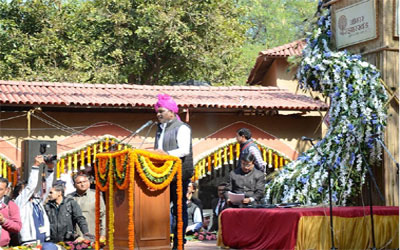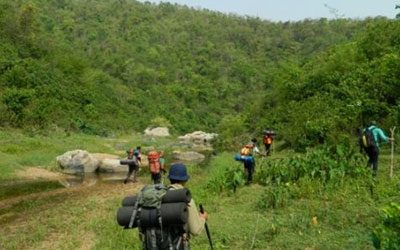“BT Cotton in India – The Farmer’s Perspective” is on You Tube. Tittle of the album is BT Cotton in India – The Farmer’s Perspective. Video was Published on 21st of August 2014. Gurjeet Singh Mann owns Mann Farms based out of Sirsa, India. He describes his experiences with growing BT Cotton and the environmental benefits that have resulted after reducing pesticide use. About Bt cotton
About Bt cotton
Bt cotton is a genetically modified variety of cotton producing an insecticide. It is produced by Monsanto. It is supplied in India’s Maharashtra state by the agri-biotechnology company, Mahyco, as the distributor.
The bacterium Bacillus thuringiensis (Bt) is a family of over 200 different proteins which naturally produce chemicals harmful to selective insects, most notably the larvae of moths and butterflies, beetles, cotton bollworms and flies, and harmless to other forms of life (Umt.edu, 2013). The gene coding for Bt toxin has been inserted into cotton, causing cotton to produce this natural insecticide in its tissues. In many regions, the main pests in commercial cotton are lepidopteran larvae, which are killed by the Bt protein in the transgenic cotton they eat. This eliminates the need to use large amounts of broad-spectrum insecticides to kill lepidopteran pests (some of which have developed pyrethroid resistance). This spares natural insect predators in the farm ecology and further contributes to noninsecticide pest management.
However, Bt cotton is ineffective against many cotton pests such as plant bugs, stink bugs, and aphids; depending on circumstances it may still be desirable to use insecticides in prevention of such pests. A 2006 study done by Cornell researchers, the Center for Chinese Agricultural Policy and the Chinese Academy of Science on Bt cotton farming in China found that after seven years these secondary pests that were normally controlled by pesticide had increased, necessitating the use of pesticides at similar levels to non-Bt cotton and causing less profit for farmers because of the extra expense of GM seeds.
Bt Cotton in India
The use of Bt-Cotton in India has grown exponentially since its introduction. Recently India has become the number one global exporter of cotton and the second largest cotton producer in the world. India has also bred Bt-cotton varieties such as Bikaneri Nerma and hybrids such as (NHH-44), setting up India to benefit now and well into the future. Socio-economic surveys confirm that Bt-Cotton continues to deliver significant and multiple agronomic, economic, environmental and welfare benefits to Indian farmers and society including halved insecticide requirements and a doubling of yields. However India’s success has been subject to scrutiny. Monsanto’s seeds are expensive and lose vigour after one generation, prompting The Indian Council of Agricultural Research to develop a cheaper Bt-Cotton variety with seeds that could be reused. The cotton incorporated the cry1Ac gene from the soil bacterium Bacillus thuringiensis (Bt), making the cotton toxic to bollworms. This variety showed poor yield and was removed within a year and also contained a DNA sequence owned by Monsanto, prompting an investigation. In parts of India cases of acquired resistance against Bt-Cotton have occurred. Monsanto has admitted that the pink bollworm is resistant to first generation transgenic Bt-Cotton that expresses the single Bt gene (Cry1Ac).



